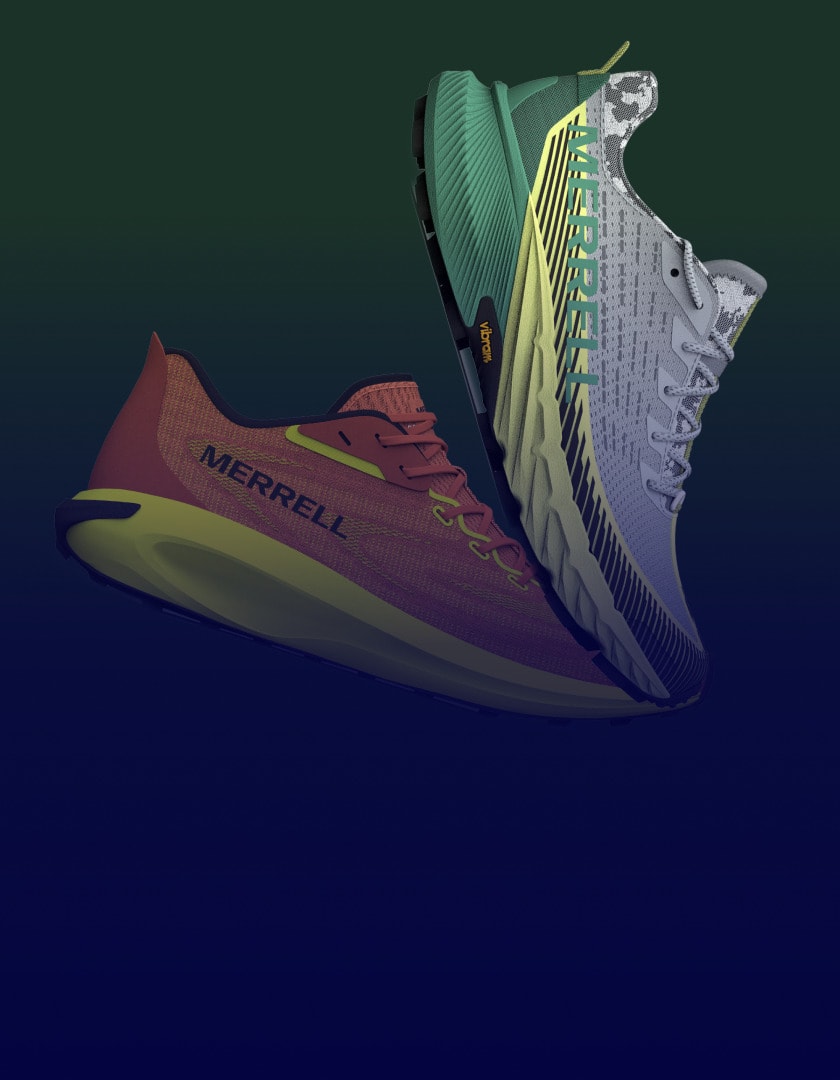One Tool for All
“I want to be able to go to one place to see product dimensions, product weights, colors, colorways, to see SKUs involved . . . we did not have a tool that allowed us to do that before. It was a lot of manual work to get even fairly simple answers.”
Brandon Gray, Engineer and Subject Matter Expert at InterDesign describes the situation at their company prior to Centric PLM™.
Radu Ghiorghie, Design Director at InterDesign adds, “We needed a PLM tool that addresses the total product, collects everything in one spot, and has that ability to save on costs, speed timelines and improve communication across departments.”
Even after a few short months post-implementation of Centric 8 PLM, InterDesign is more efficient, with roles and responsibilities clearly defined and centralized product information with visibility and inter-departmental communication much improved. What role did Centric PLM play in getting them to this point?
Enterprising Expansion
Headquartered in Solon, Ohio, InterDesign is a privately-held housewares company that was established in 1974 as an entrepreneurial start-up. The company grew over the past 40+ years to become a global entity with two branches: mDesign their e-commerce brand that sells direct-to-consumer and iDesign, the retail arm. Today, they are a worldwide leader in housewares, selling to over 100 countries with distribution in Ohio, Europe, China and Japan.
From Start-Up to International Player
InterDesign has enjoyed steady growth over the years. Says Ghiorghie, “The evolution of ways-of-working is a mirror of our growth as a company from both points of view of our employee footprint and the complexity of our operations. With that growth, came a cultural shift and in parallel, being cognizant of the continuous advancement of technology made us realize that we needed to have a strategic goal around digital transformation tools. Which led us to PLM.”
It wasn’t that there was a lack of technology—Ghiorghie recalls a time where there were four different CAD programs just in engineering—but how do you connect all the systems in a meaningful workflow across every department?
“The company started out small, where it was easy to just get everyone around the table. Information and knowledge resided with people rather than systems,” Ghiorghie explains. “As we evolved into a global company, larger distribution means you have to do things faster. More people translate into more stakeholders, translates into the necessity for better communication tools. It brought into focus the need to address the total product lifecycle and the complete definition of the product. It is important to have that one source of truth—not in emails, not in parallel spreadsheets—all collected in one spot with visibility to improve communication across the entire workflow of design and production.”
Form and Function
Choosing which PLM system to go with was an interdepartmental affair. Because InterDesign has both retail and e-commerce brands with somewhat different needs, a cross-divisional, cross- functional team did the evaluation.
Says Ghiorghie, “We had conversations and product demos with five final PLM vendors after an initial search. The solution had to work for every function: design, engineering, marketing, sourcing, product management.”
“Centric 8 has the ability to work for retail with multiple products—a great fit for us. It is very intuitive and has a highly adaptable interface. And it’s very graphic- driven which was a major factor in our decision. Centric merges the robust information that you have in an excel spreadsheet, with something as colorful as a Pantone book. And everything is brought together with the functionality of a website—it works well across all disciplines.”
Gray adds, “The user interface, just from a usability standpoint is phenomenal. And the ability to customize a view and see the information is another great benefit that Centric can provide that others couldn’t necessarily show us in the demonstrations.”
Putting PLM into Play
“We’re really excited that we were able to go live on time and on budget. It was quite a feat to do that over just a short six or seven months. A lot of steps were planned but many things we learned by doing,” says Ghiorghie. Regarding the users, “Change behaviors first and mindsets will follow. Start with a few things that unite goals across departments, like focused objectives, clear product categorization and accountability. Simplify and hard-wire these things in the software first. We found the ‘start small, pilot that’ approach very helpful.”

Fortunately, there was buy-in from executive sponsors at the outset, which is necessary, but so are informal champions. These are the instrumental people who lead through their knowledge and passion for the project, helping to get others on board. “User adoption has been high and the willingness to listen to the ideas of users is one of the keys to success in implementation. No matter what I think is the best idea, there’s oftentimes many better ideas out there,” says Gray, embodying the open-minded spirit of which he speaks.
The Power of PLM
Key goals have been met: product information is in one digital, accessible repository, with roles and responsibilities clearly defined and high levels of user adoption achieved. There is total product definition at the front end.
“All information from concept origination through product initiation into the marketplace lives in one place.”
I have easy access to not only what something is now, but the history of what it has been in the past.
“From an engineering perspective, that gives me a very comprehensive view of what was tried before; what has and hasn’t worked,” says Gray. He continues, “Something that Centric is very good at, is showing you information in a customized, personal way. And that makes it very powerful. People have responded positively to that.”
Ghiorghie adds, “It also provides role clarity, understanding and simplifying. When you take a process and workflow approach, you eliminate overlapping responsibilities and that has been tremendously helpful in cleaner handoffs among disciplines.”
Important also Ghiorghie says is, “the ability to see where everything is at any point in time especially at the front end, where we really nailed the product definition and categories. All that information is now very well organized for product development. We are seeing these benefits immediately.”
Ghiorghie expects shorter time-to-market and the ability to determine the return on investment when it comes to tooling. They have started using the calendar with WBS (work breakdown structure) workflow—who’s responsible for what and time-frames involved.
Innovation Infusion
Ghiorghie has an admirable aspiration regarding innovation. He describes how product development in the housewares industry is both innovative and iterative. “Innovation is anchored in consumer behavior and is solution-driven. Iteration is fashion: trends, color, finishes. Both have their place but we need to understand which one, in what percentage, is connected to market success. It will allow us to match risk with rigor when it comes to focusing our development energies—which areas to pay attention to and which areas to scale back.”
Ghiorghie enthuses, “We can establish key metrics around innovation: things like what is the revenue that comes from new product introduction over one year, three years. Understanding productivity and product placement. Centric PLM gives us the ability to assess not just the volume but also the quality of our innovation.”
New to Centric PLM? Learn more
What is Centric Pricing & Inventory? Learn more
What is Centric Market Intelligence? Learn more
Centric Visual Boards Learn more
















